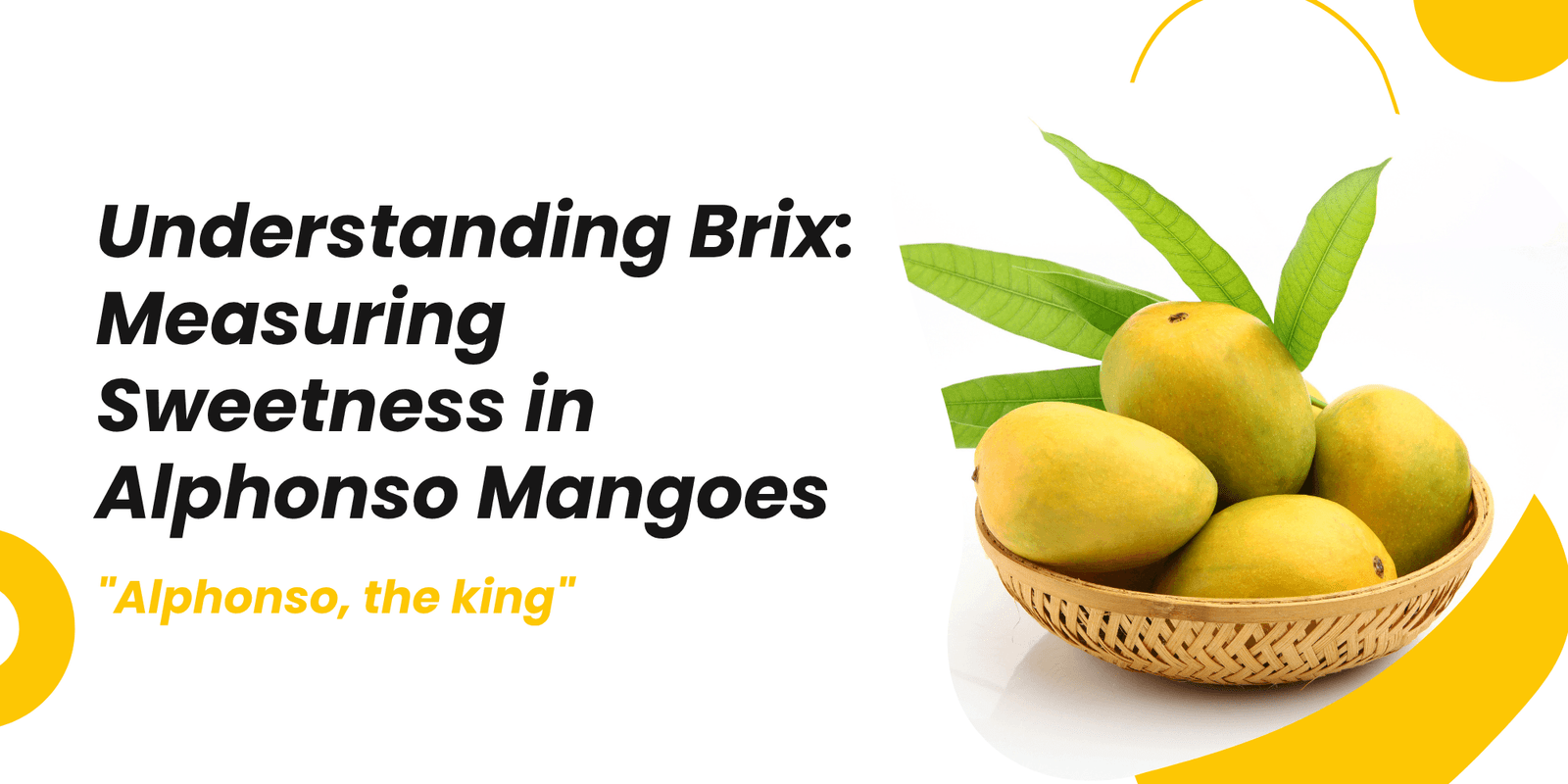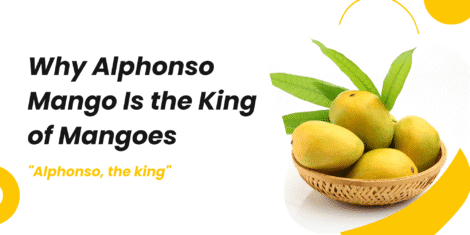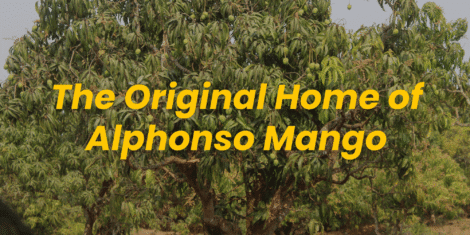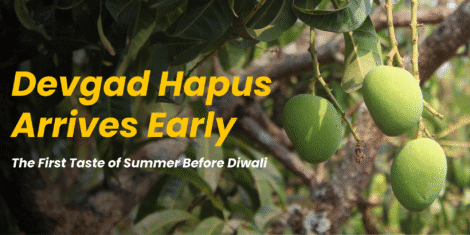When you bite into a perfectly ripe Alphonso mango, one of the first sensations you notice is its sweetness. But have you ever wondered how farmers and quality experts actually measure that sweetness? The answer lies in a simple scientific term—Brix (sometimes spelled “brik”). Knowing a mango’s Brix level helps growers time their harvest, assures exporters of quality, and gives consumers a reliable gauge of flavor.
Alphonso Mango Brix
What Is Brix?
Brix is a unit that indicates the percentage of soluble solids—mainly natural sugars—in fruit juice. A reading of 20 °Brix means there are 20 grams of sugar per 100 grams of juice. For Alphonso mangoes, Brix typically ranges from 18 ° to 22 °, the zone where the fruit tastes richly sweet but still balanced.
How Brix Is Measured
Growers use a handheld refractometer. They place a few drops of mango juice on its glass prism, close the lid, and hold it up to the light. The instrument bends (refracts) light at an angle proportional to sugar content and displays the Brix value instantly. Because a refractometer is pocket-sized, farmers can roam through the orchard, sampling fruit as the season progresses.
Why Brix Matters to Farmers
- Optimal Harvest Timing: If the average Brix across sample fruits reaches 18 °, farmers know the mangoes have achieved peak sweetness.
- Batch Consistency: Export pack-houses often set a minimum Brix threshold, rejecting batches that fall short to maintain brand reputation.
- Pricing Advantage: A high Brix score can fetch premium prices in both domestic and international markets, rewarding growers for careful cultivation.
Why Consumers Should Care
A high Brix number translates directly to a richer, more satisfying flavor. It also signals that the mango has ripened naturally, allowing sugars to develop fully on the tree or during hay ripening. When shopping online or at a fruit market, asking about Brix can help ensure you’re buying fruit at its peak.
Alphonso Mango Brix
Factors That Influence Brix in Alphonso Mangoes
- Sunlight: Trees with good canopy exposure produce sweeter fruit.
- Soil Health: Balanced nutrients and organic matter foster optimal sugar synthesis.
- Irrigation: Controlled, minimal watering before harvest concentrates sugars.
- Climate Conditions: A stable temperature range during ripening promotes higher Brix.
Ratnagiri Hapus Store and Brix Testing
Our partner orchards in Ratnagiri and Devgad routinely take Brix readings before harvest. We ship only those lots that meet or exceed 18 °Brix, guaranteeing a sweet, authentic Alphonso experience. Each batch is traceable, so customers know they’re receiving fruit picked at the right moment.
Quick Tips for Mango Lovers
- Ask for Numbers: Serious sellers won’t hesitate to share Brix data.
- Feel and Smell: A naturally ripened, high-Brix mango yields slightly under gentle pressure and emits a fragrant aroma at the stem end.
- Store Smartly: Keep ripe fruit at room temperature for immediate use or refrigerate to slow further softening.
Understanding Brix turns mango buying from guesswork into an informed choice. Whether you’re a farmer aiming for quality certification or a consumer craving that perfect bite, sugar levels tell a sweet story—one that begins in the orchard and ends on your table.




